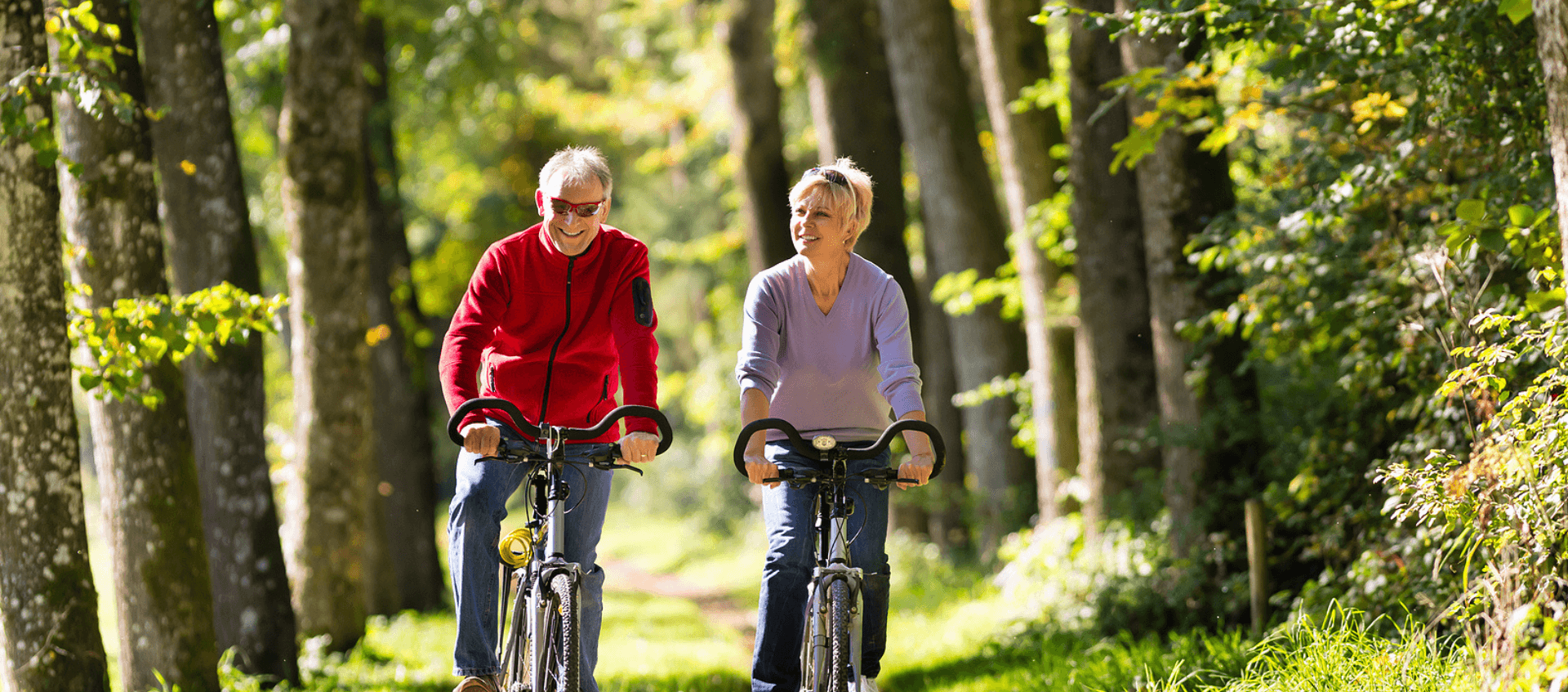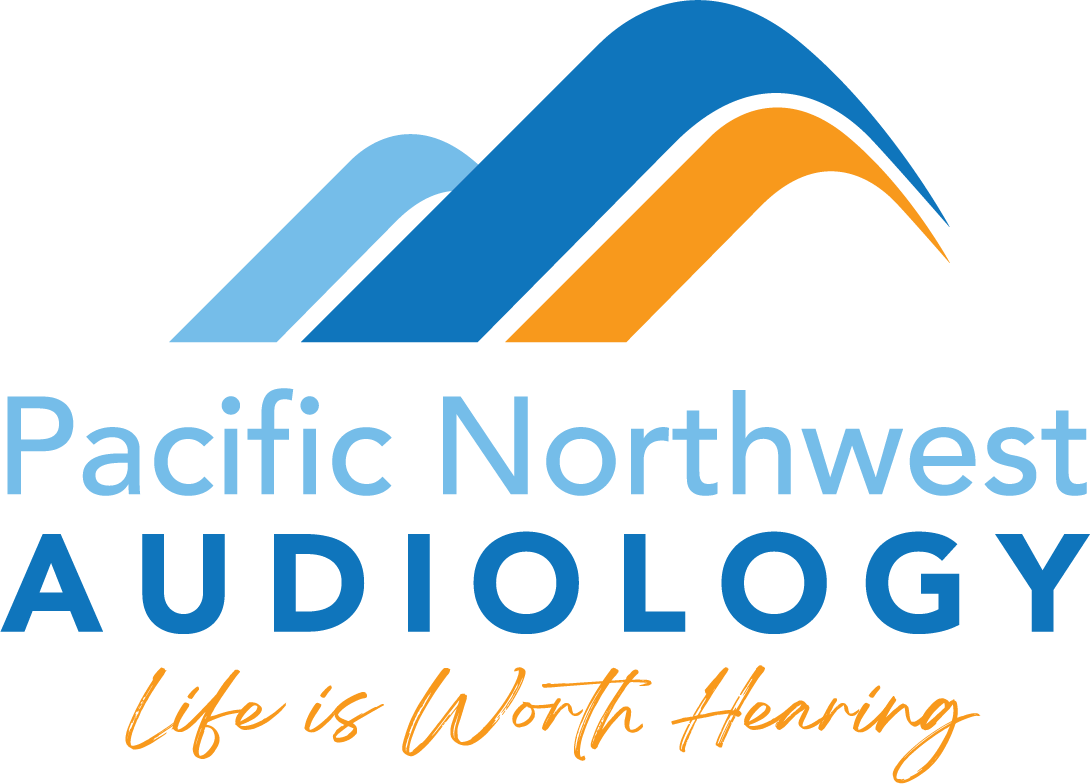
As summer approaches, many cycling enthusiasts eagerly take to the roads and trails to enjoy the great outdoors. For cyclists with hearing loss, it’s essential to prioritize safety and make accommodations to stay safe. Let’s take a closer look at the safety concerns for cyclists with hearing loss, and review summer biking tips to improve safety and enjoyment. Discover strategies to enhance communication, improve safety, and optimize your biking adventures. Then take a proactive step toward better hearing by scheduling a hearing test with your local hearing health professional.
Choose a Bike Helmet with Open Ear Design
When selecting a bike helmet, opt for a design that does not cover your ears. Some traditional helmets with solid shell construction can impede hearing and make it challenging to detect sounds from the surroundings. Open-ear helmets provide better access to environmental sounds, making it easier to hear approaching vehicles, fellow cyclists, or any potential hazards on the road.
Utilize Visual Safety Measures
Enhance your safety on the road by incorporating visual safety measures. Whether you have hearing loss or not, it’s recommended to add reflective elements to your cycling apparel, bike frame, and accessories. This improves your visibility to other road users, especially in low-light conditions. You should also include a headlight and taillight for your bike to increase visibility, alert other road users to your presence, and increase overall safety.
Communication Strategies When Cycling with a Friend
Great communication with your cycling buddies is important for enjoying your group biking experiences. Discuss and establish effective signals or gestures to replace verbal cues that may be harder to hear. Develop a system of non-verbal communication, such as hand signals, to indicate turns, stops, or hazards. This ensures that you can easily stay connected and informed even without relying on auditory cues.
Hearing Aid-Compatible Helmet Communication Systems
For cyclists who wear hearing aids, consider investing in hearing aid-compatible helmet communication systems. These systems can wirelessly connect to your hearing aids, allowing for enhanced communication with fellow cyclists, hearing important traffic sounds, or even listening to music during your rides. Explore different brands and models to find the one that best suits your hearing aid compatibility and communication needs.
Stay Alert and Practice Defensive Riding
Maintaining situational awareness is crucial when biking with hearing loss. Stay alert and develop a heightened sense of visual awareness to compensate for any auditory limitations. Practice defensive riding by assuming that others on the road may not see or hear you. This mindset helps you anticipate potential hazards and take preventive measures to avoid accidents.
Consider Bike Paths with Minimal Traffic Noise
When planning your biking routes, choose routes with minimal traffic noise. Quieter paths allow for better concentration and easier listening environments. Check out your local bike paths, trails, or designated cycling routes that offer a more peaceful soundscape and keep you away from busy areas.
Schedule Regular Hearing Tests
Regular hearing tests are very important for individuals with hearing loss, especially cyclists. Een small changes in hearing can impact your ability to hear important cues on the road, such as approaching vehicles or warning signals. Regular hearing tests with your local hearing health professional can help you stay informed about your hearing abilities. You’ll also be able to explore the latest technologies and solutions to optimize your cycling experiences. We recommend yearly hearing tests for those with hearing aids. You can also book a hearing test whenever you notice changes in your hearing abilities.
Visit Us for Ongoing Support
Don’t let hearing loss hold you back! You can enjoy summer biking adventures and stay safe wherever you go. Choose a bike helmet with an open-ear design, utilize visual safety measures, and find the right hearing aids to help you hear on the go. With the right strategies, you can have a fun and safe biking experience.
Prioritize your hearing health and schedule a hearing test with us today! Together we’ll review your hearing loss, and help you find the perfect hearing aids to match your active lifestyle.
